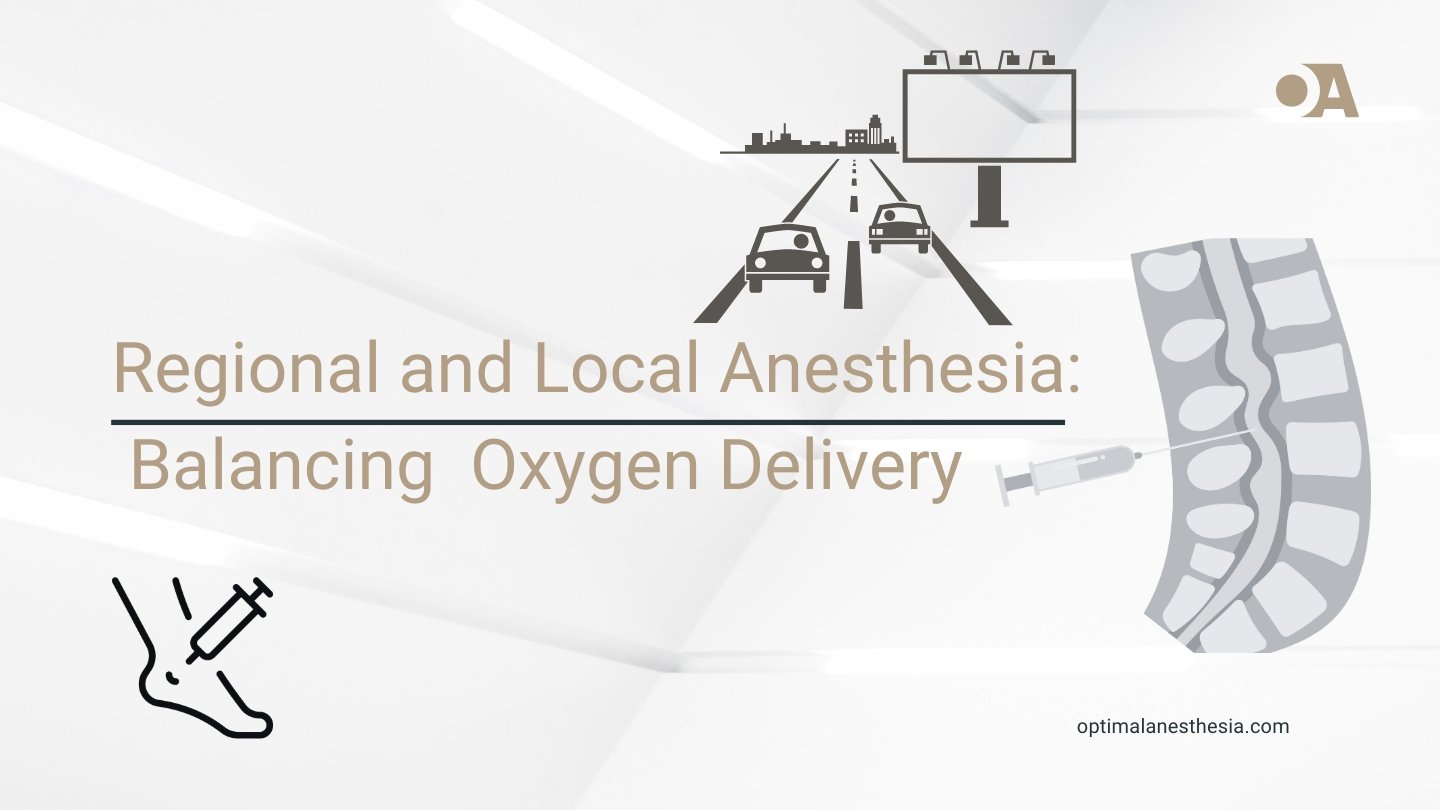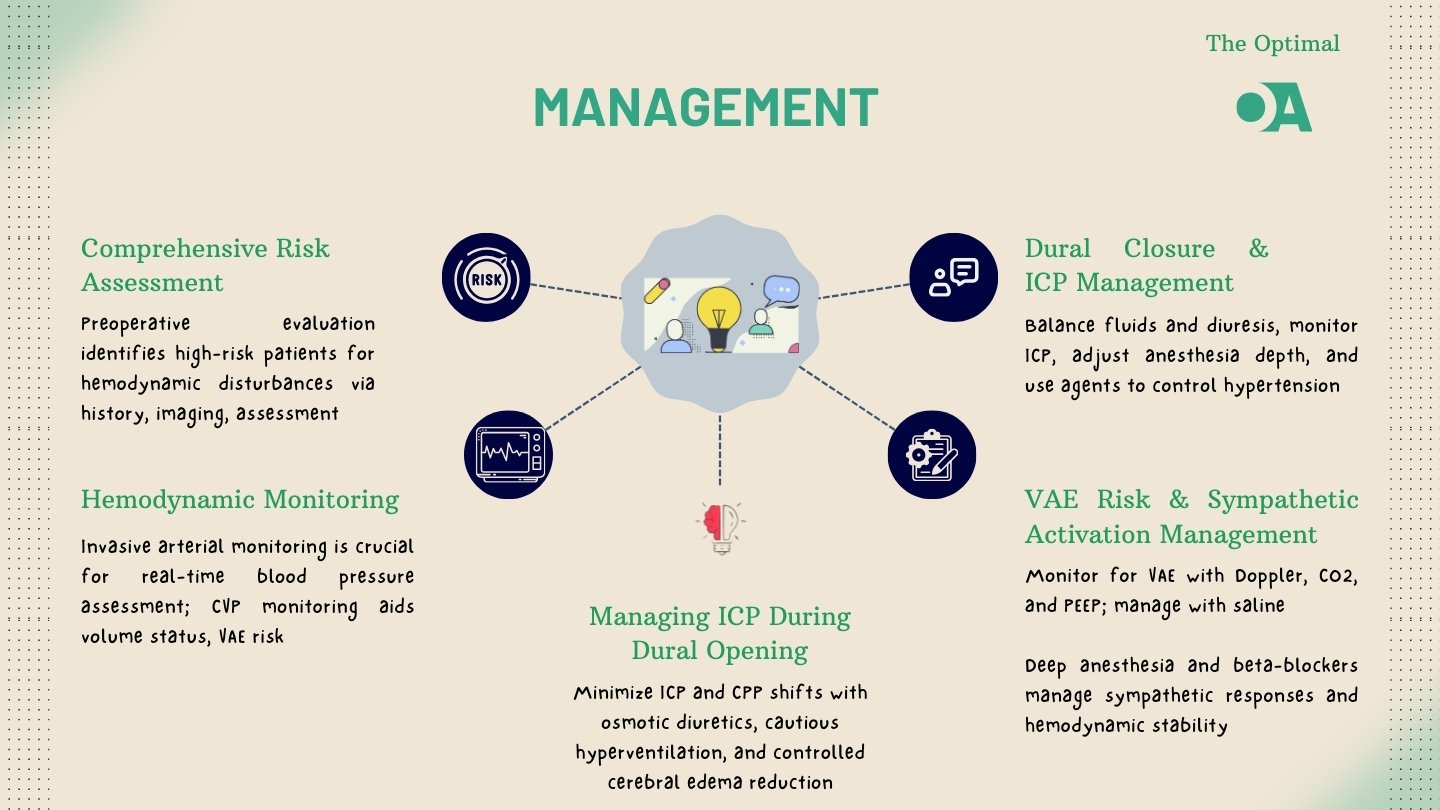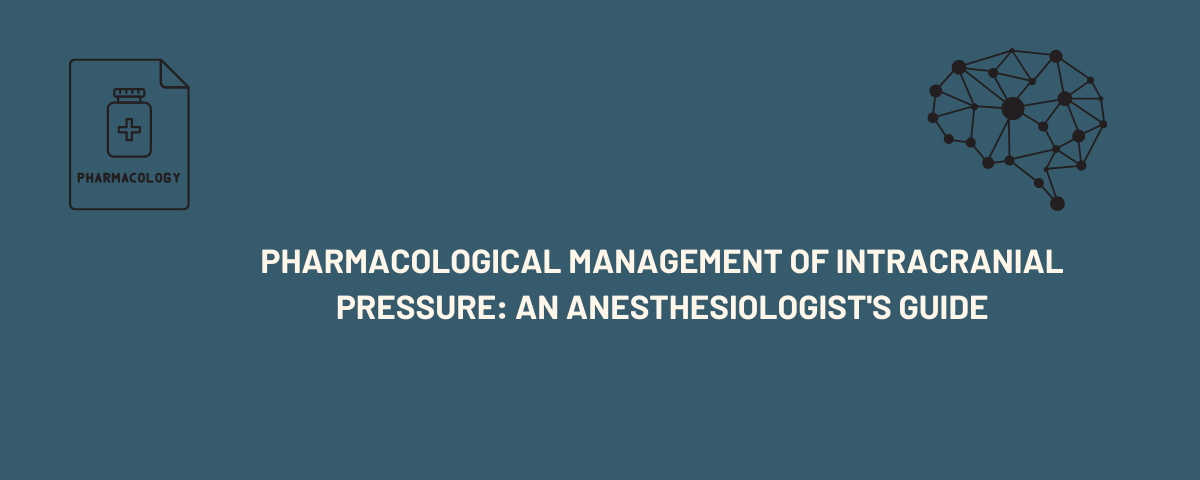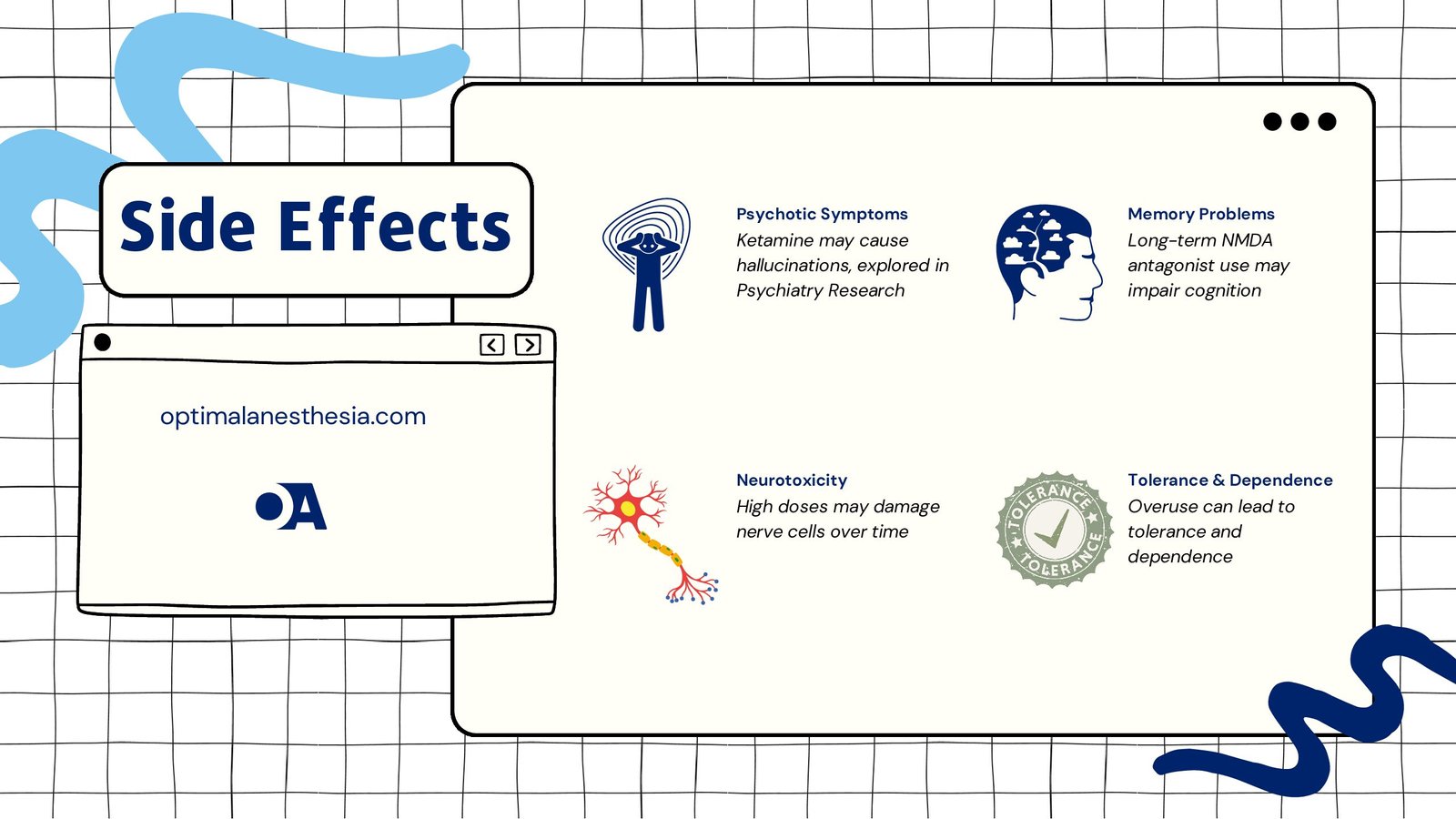The Journey of Oxygen: A Crucial Pathway for Anesthesiologists
Oxygen is a vital molecule essential for sustaining life, and its efficient transport from the atmosphere to the cells is a key concern in anesthesia. As anesthesiologists, understanding the nuances of oxygen’s journey, from its initial entry into the body to its ultimate utilization in cellular metabolism, allows us to optimize patient care, particularly during … Read more










